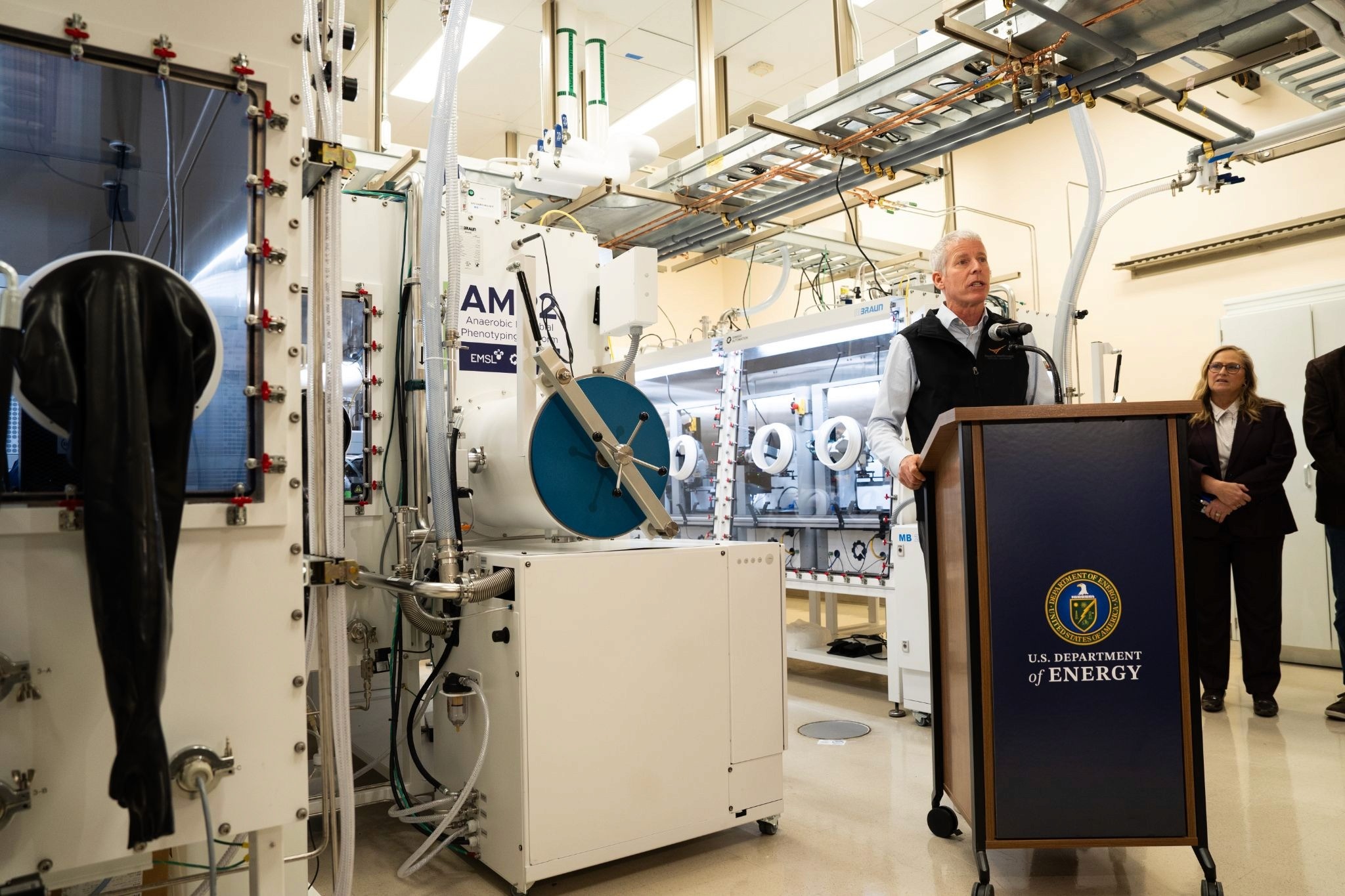The Bioconcrete Revolution: A Glimpse into a Greener Future
Recent video explores the use of bacteria in creating self-healing concrete and new concrete from scratch
Aug 5, 2023
Dzhem Salimov (Canva)
Concrete, the most widely used construction material on Earth, is responsible for a staggering 8% of global carbon emissions. The video explains the process of making concrete, which involves heating up a mixture of calcium carbonate, alumina, silica, and iron oxide in a kiln. This process results in the release of significant amounts of CO2, contributing to the carbon footprint of concrete.
Now, in a recent video titled "The Bioconcrete Revolution (maybe)" by the American Chemical Society and PBS Digital Studios, the spotlight is cast on a potential game-changer in the construction industry: bio-concrete. The video presents a compelling narrative about the potential of this innovative material to revolutionize the construction industry and significantly reduce global carbon emissions.
The video then takes us on a journey back to 1973, when a groundbreaking study discovered that certain bacteria could produce calcite, a mineral that is a primary component of limestone. This discovery opened up a world of possibilities, including the potential to use these bacteria to preserve old stone structures. By applying a solution containing these bacteria to weathered stone, the bacteria could produce calcite to fill in the cracks, effectively restoring the stone.
The concept of self-healing concrete is introduced next. In this innovative approach, dormant bacteria are incorporated into the concrete. If a crack forms, the bacteria spring into action, producing calcite to seal up the crack before it can cause further structural damage.
The video also explores the potential of using bacteria to create new concrete from scratch. It highlights the work of a startup called Biomason, which uses a bacterium called Sporosarcina pasteurii to grow concrete through a process known as the urea hydrolysis pathway.
Another startup, Prometheus Materials, is also spotlighted for its use of cyanobacteria to produce calcite through photosynthesis. This process, which essentially involves creating solid rock from light, is described as "wild."
Despite the exciting potential of bio-concrete, the video concludes on a note of caution. To truly compete with traditional concrete, bio-concrete must match or surpass it in terms of price, convenience, and strength. While the journey to widespread adoption of bio-concrete may be long and fraught with challenges, the potential rewards—a significant reduction in carbon emissions and a greener future—are undeniably worth the effort.


















